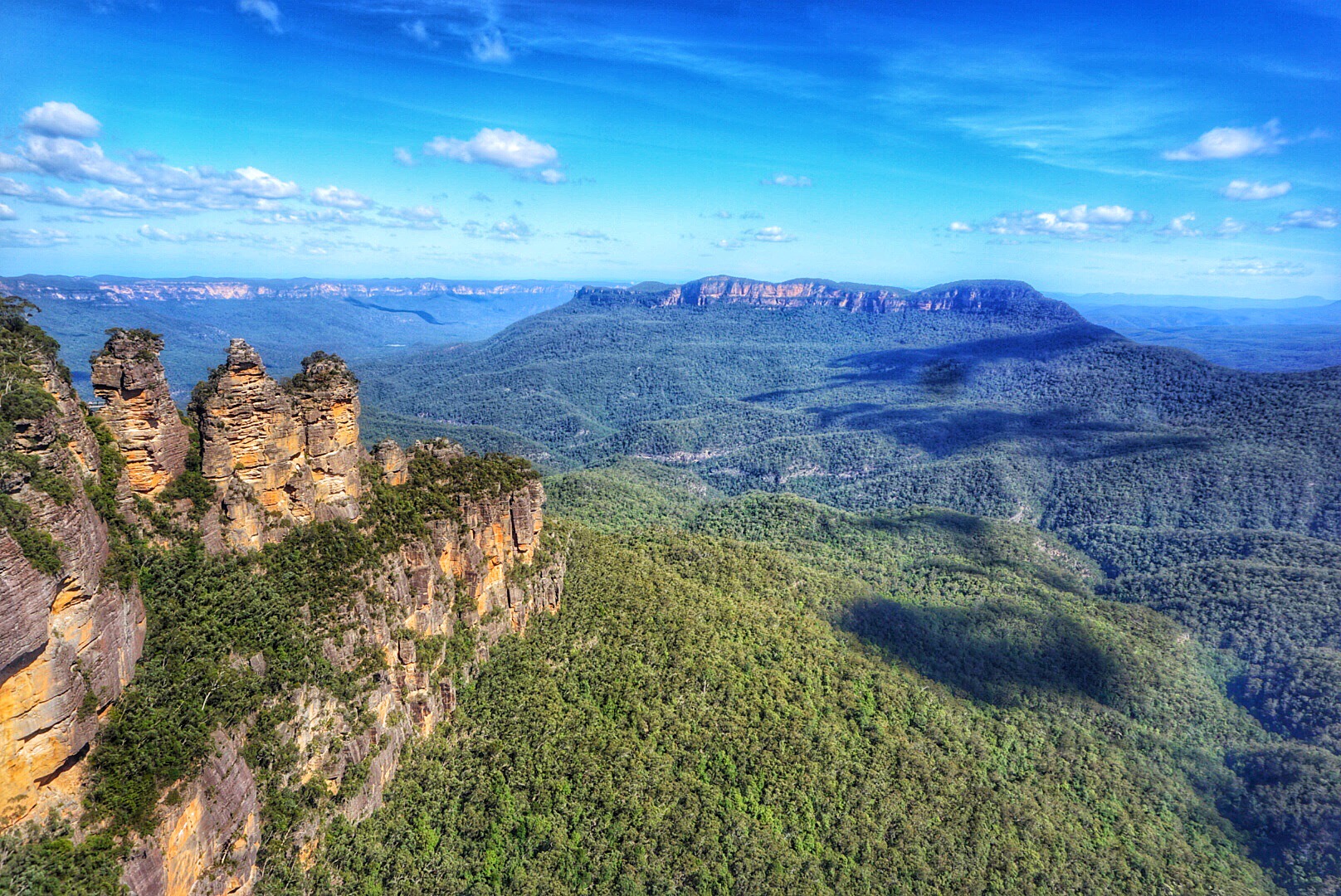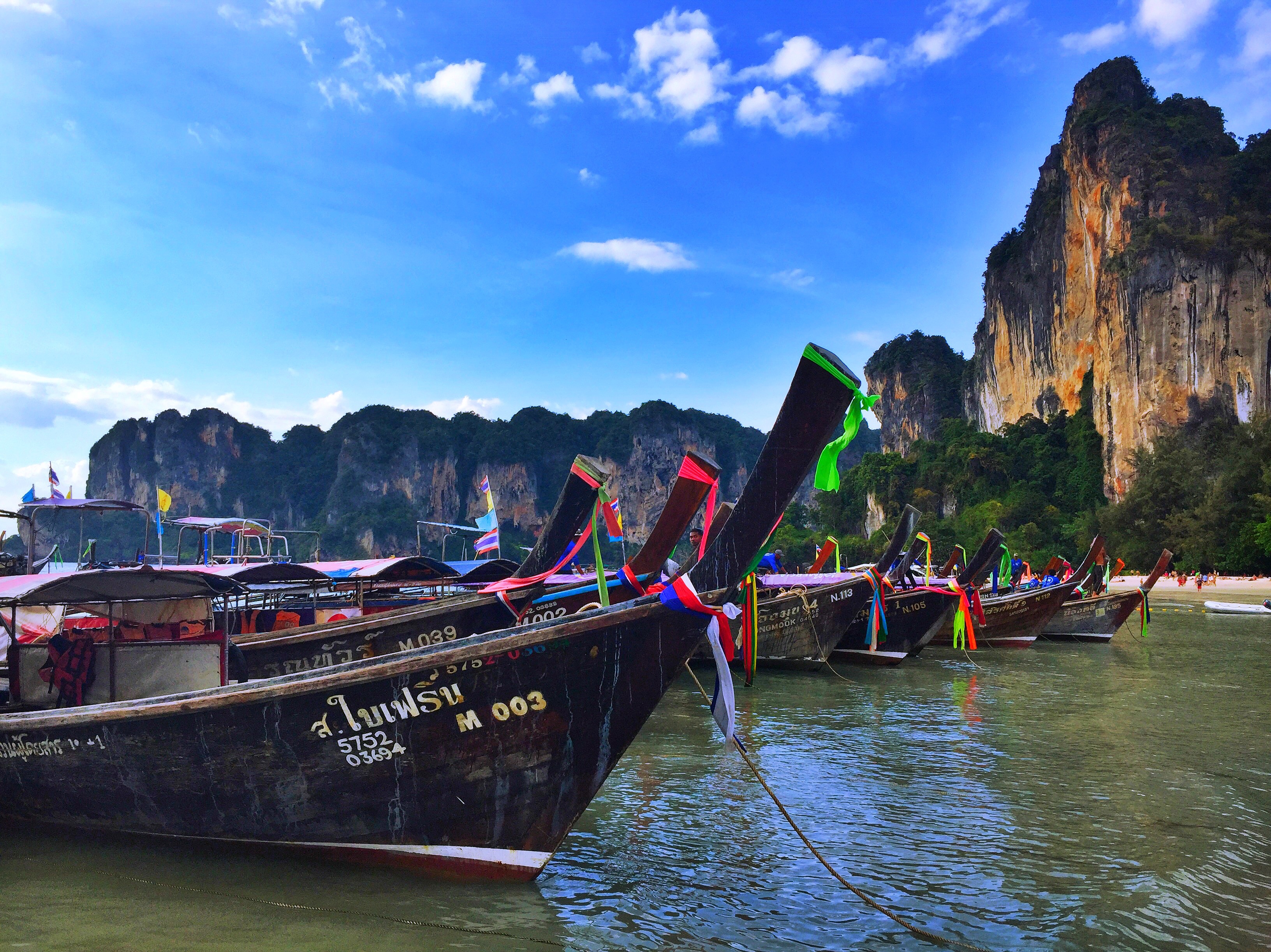
For Semana Santa (Spain’s holy week before Easter), my family and I were doing a road trip of Southern Spain. While we were driving, my mom was diligently reading Rick Steves’ Spain Travel Guide. She threw the travel guide up to me and showed me a section on this town called “Ronda”. We both immediately decided we were going to do a day trip there. My dad sighed at having to do another day of driving, but two very persistent women outnumbered him. So, to Ronda we went.

When we came into Ronda we didn’t really know what to expect. As much as I travel, I never really plan what I want to do until I get to the place I’m going to. I usually have a loose checklist of main attractions, but for Ronda I didn’t do any previous research besides reading what my mom showed me in the guide. I remembered vaguely hearing from someone that there was a “cool bridge to see” and that was about it. So, when I saw a tourist group all walking towards one place, I figured that was the way to go.
After my parents and I stalked behind the tourist group for a few blocks, we came across this “cool bridge to see”. This bridge was no ordinary “cool” bridge. This thing was massive and an engineering feat to say the least.

My dad is a bit of a nerd like myself, so we both could not wrap our heads around the fact that this bridge, named Puente Nuevo, could be built into the middle of this massive gorge. As my dad was more interested in the engineering behind the bridge, I immediately needed to know the history.

Ronda’s Puente Nuevo (literally translated to “New Bridge”) was built in 1751, taking 42 years to build. The bridge spans across the El Tajo gorge and splits the city between the new town and old town.
The bridge has a very eerie and dark history. 50 people died building the bridge, and it was also used as a torture chamber and prison during the Spanish Civil War. Both Nationalists and Republicans claimed to have thrown prisoners from the bridge to their deaths in the El Tajo gorge.

If you are a fan of Ernest Hemingway and familiar with his novel “For Whom the Bells Tolls”, you might think this sounds vaguely familiar. Ernest Hemingway spent many summers living and writing in Ronda, and his famous scene from this novel describing the 1936 execution of Fascist sympathizers off a cliff is said to be modeled after the events that happened at the Puente Nuevo during the Spanish Civil War.

Once I got my history fix, I walked a little further down the path to explore more of the El Tajo gorge. When you turn the corner down the path, the gorge opens up and expands into this breathtaking landscape. It was completely unexpected and I probably took about 1000 pictures.


Two blocks away from the Puente Nuevo, we found the “Plaza de Toros”. Ronda’s “Plaza de Toros” is Spain’s oldest bullfighting ring. Although bullfighting is a major controversy in Spain nowadays, it is still a very important part of the country’s history. When people think of Spain, many immediately think “bullfighting”. This was another pleasant surprise that Ronda had to offer, and it was surreal to see where the origins of a world-famous tradition began.




Going to Ronda made me remember why I love traveling (and Spain) so much. There’s something special about a town that hasn’t been completely taken over by tourism. It makes it feel real, and that you’ve truly discovered something special. I could not believe how much history could be packed into one tiny city situated in the middle of nowhere. A city that was just an add-on to our trip turned out to be my favorite of the whole week, and I will definitely be back again.






Hi Bridget! Lucas and I just read your blog about Ronda and loved it – felt like we were right there with you. So beautifully written – we look forward to more – xoxo Aunt Mar!
Thanks so much Aunt Mar! Glad you guys liked it and maybe Lucas can even have the same experiences some day. 🙂
Come home to a normal life! Orland park is calling your name!
One day! Tehe
Another note about the history of Ronda; this city has its own dedicated flamenco palo, known as “Rondeñas”, this music style uses an unusual guitar tuning, and it is even older as the concept of flamenco music style. Every guitar maestro has a rondeña, Alameda Vieja from Moraito Chico is one of my favourites
Thank you for the information Rob, so interesting! I love the history of this city. Cannot believe that there is so much packed into it!
Hello Bridget. I found your blog as I was looking for information to refresh my memory on a trip to Ronda two years ago. I, too, loved this place. Thanks for sharing your thoughts and pictures — it brings back wonderful memories.
Of course! Thank you for taking the time to read, it is such a beautiful place!
Absolutely beautiful! Are any of your pictures for sale?